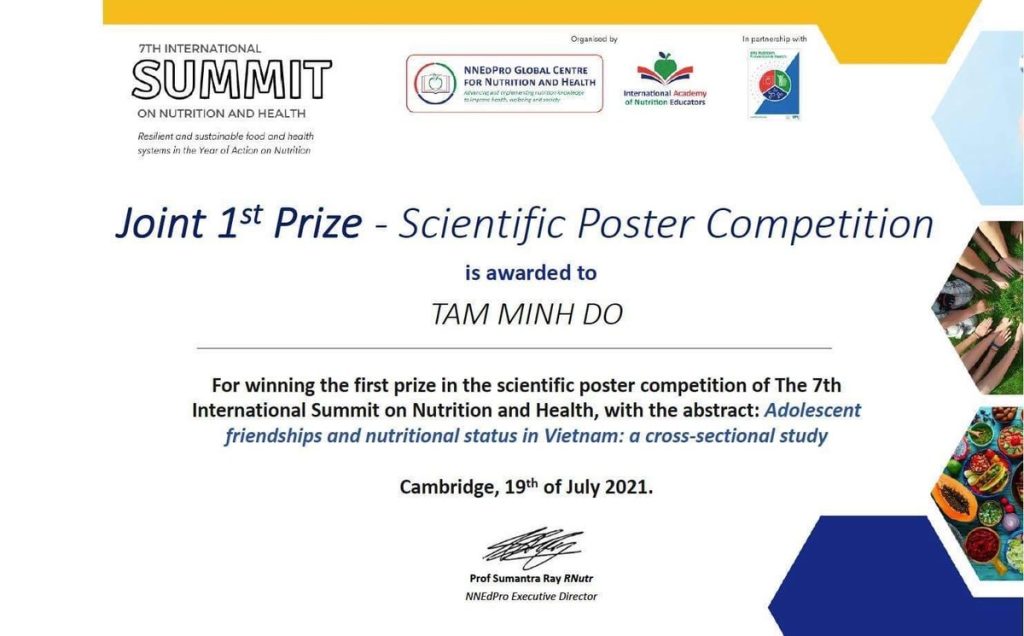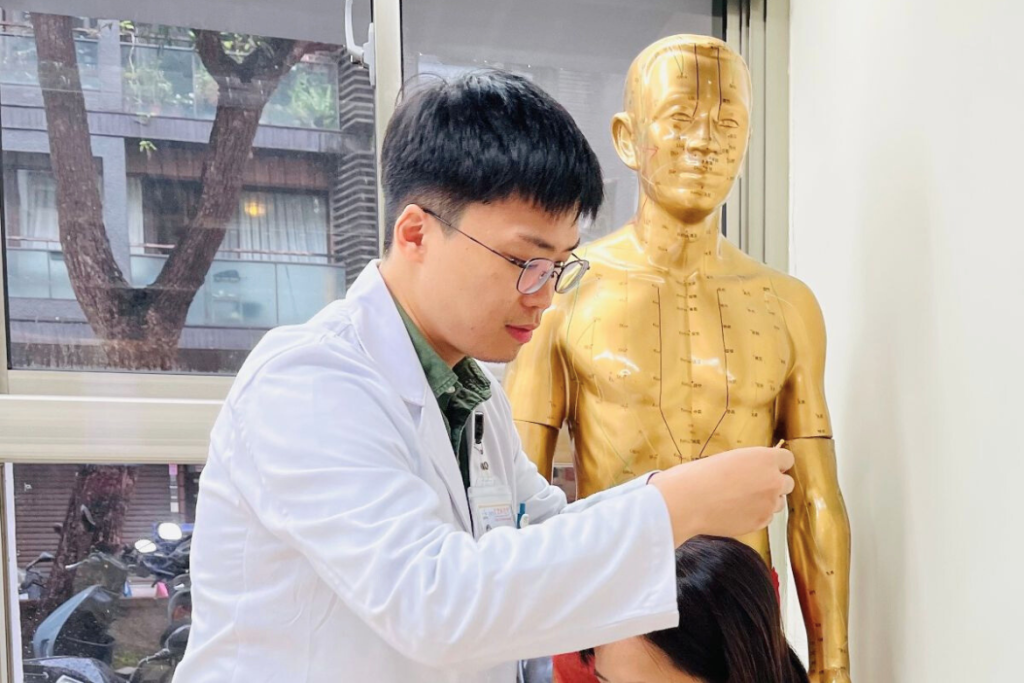Dr. Yi-Hsiang Huang, professor of the Institute of Clinical Medicine at NYCU and Chief/attending physician of the Division of Gastroenterology and Hepatology at the Taipei Veterans General Hospital, led his hepatocellular carcinoma (HCC) research team, using medical records in the past ten years, has proposed a newly defined standard for the tumor burden of intermediate stage HCC named Seven-Eleven Criteria and published new treatment strategies. This significant research result was published in the international renowned journal Liver Cancer in November 2021. The Seven-Eleven Criteria determines the appropriateness of using TACE (transarterial chemoembolization) by adding the largest liver tumor size in centimeters with the total number of liver tumors to represent tumor burden. When the tumor burden is greater than 11, TACE is deemed unsuitable. If the number is smaller than or equal to 7, TACE is appropriate for use. For patients with tumor burden between 7 and 11, the outcome of TACE falls in between the above two categories. According to Professor Yi-Hsiang Huang, liver cancer ranks the second cause of cancer death in Taiwan. When multiple (more than 2) tumors with the largest one exceeds 3 centimeters in size, it would be classified as intermediate stage HCC. Although TACE is the standard treatment for intermediate stage HCC, due to the heterogeneity nature within the group and the fact that nearly one third of the intermediate stage HCC patients have high tumor burden, TACE is not beneficial to this population. Therefore, patients with high tumor burden in this group exhibit poorer overall survival rate and tumor control rate as well as higher probability of tumor recurrence. Alternative systemic treatment should be considered instead.
Source: https://www.nycu.edu.tw/news/3083/
Research paper link: https://www.karger.com/Article/FullText/517393



